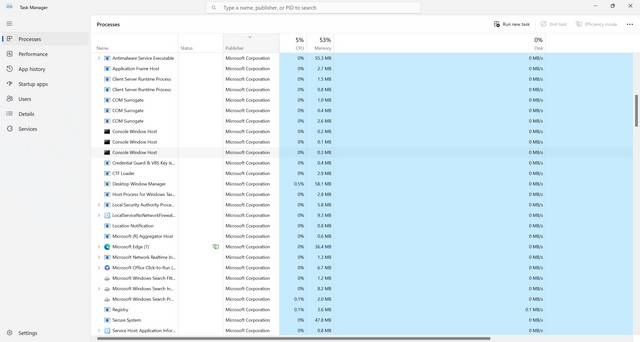When you open the Windows Task Manager, you may come across a process called igfxCUIService.exe running in the background. This article aims to provide you with a detailed understanding of what igfxCUIService.exe is, whether you should remove it, and whether it is malware or not.

What is igfxCUIService.exe?
igfxCUIService.exe is an executable file associated with Intel Graphics Control Panel. It is a legitimate process that belongs to the Intel Graphics Driver software, which is responsible for managing and controlling the graphics capabilities of Intel integrated graphics cards.
The igfxCUIService.exe process runs in the background and provides various functionalities related to the Intel Graphics Control Panel, such as allowing users to customize display settings, adjust color profiles, and manage multiple displays.
Should I Remove igfxCUIService.exe?
In most cases, it is not recommended to remove or disable the igfxCUIService.exe process. This process is essential for the proper functioning of the Intel Graphics Control Panel and ensures that your Intel integrated graphics card operates smoothly.
Removing or disabling igfxCUIService.exe may result in the loss of important graphics-related functionalities and could potentially lead to display issues or reduced performance. Therefore, it is generally advised to leave the process running unless you encounter specific problems directly related to it.
If you suspect that igfxCUIService.exe is causing issues on your system, it is recommended to update your Intel Graphics Driver to the latest version. Outdated or incompatible drivers can sometimes cause conflicts and result in performance issues. You can visit the official Intel website to download and install the latest driver for your graphics card model.
Is igfxCUIService.exe Malware?
No, igfxCUIService.exe is not malware. It is a legitimate process associated with Intel Graphics Control Panel. However, like any other executable file, it is possible for malware to disguise itself as igfxCUIService.exe to avoid detection.
If you suspect that the igfxCUIService.exe process on your system is malicious, it is crucial to perform a thorough scan using reliable antivirus software. We recommend using Malwarebytes Free, a trusted antivirus program known for its effectiveness in detecting and removing malware.
Running a scan with Malwarebytes Free will help identify any potential threats and ensure the security of your system. If the scan detects any suspicious activity related to igfxCUIService.exe, it is advisable to follow the recommended actions provided by the antivirus software to remove the threat.
Summary
igfxCUIService.exe is a legitimate process associated with Intel Graphics Control Panel. It is responsible for managing and controlling the graphics capabilities of Intel integrated graphics cards. Removing or disabling igfxCUIService.exe is generally not recommended, as it may result in the loss of important graphics-related functionalities.
While igfxCUIService.exe itself is not malware, it is essential to remain vigilant and ensure that the process running on your system is legitimate. Performing regular scans with reliable antivirus software, such as Malwarebytes Free, can help detect and remove any potential threats.
Remember, if you encounter any issues related to igfxCUIService.exe or suspect malware activity, it is always best to seek assistance from trusted sources and follow recommended security practices to protect your system.










